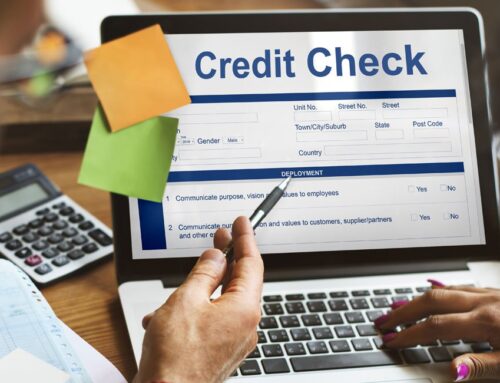Whether you’re hearing mortgage myths from friends and family, or just finding the information online, finding out what it actually takes to become a homeowner can be difficult. We will fill you in on four common mortgage myths and give you the correct information so you feel confident moving forward as a future homeowner.
1. Myth: You Need 20% Down to Purchase a Home

Where does this myth come from? Most likely this myth originated from lenders’ PMI (private mortgage insurance) requirement. If you have less than 20% to put down on your new home, your lender will require you to pay PMI. This protects your lender by compensating them in case you were to default on your home loan.
The PMI can be a costly addition to your monthly mortgage payment, but it does allow you to get your home without having to save up that 20% down payment!
2. Myth: Debt of Any Kind Will Keep You from Purchasing a Home

If your DTI is high, this makes you a risky borrower to your lender. However, if your DTI is lower than 50%, you will likely be able to obtain a mortgage loan.
Whether it’s student loans, credit card debt, or car payments, these debts will not keep you from being able to purchase a home. Speak with someone from our team today to learn more!
3. Myth: Your Credit Needs to Be Perfect to Get a Mortgage

Since credit isn’t the only thing your lender will look at when determining your eligibility for a mortgage, if you’re looking good in other areas (like your DTI and the size of your down payment), it can overcome a low credit score.
4. Myth: Pre-Qualified and Pre-Approval are the Same

Pre-approval is when you’ve supplied your lender with all of the financial information they need, such as employment, income, credit, and so on. Once this information is reviewed, your lender will provide you with an approval letter stating the amount you are approved for a home loan.
Your pre-approval letter is also going to give you a leg up when you begin the house hunting process, as it shows you are a serious buyer.
Ready to begin the homebuying process? Contact Team Crescenzo today to learn more and get started!













